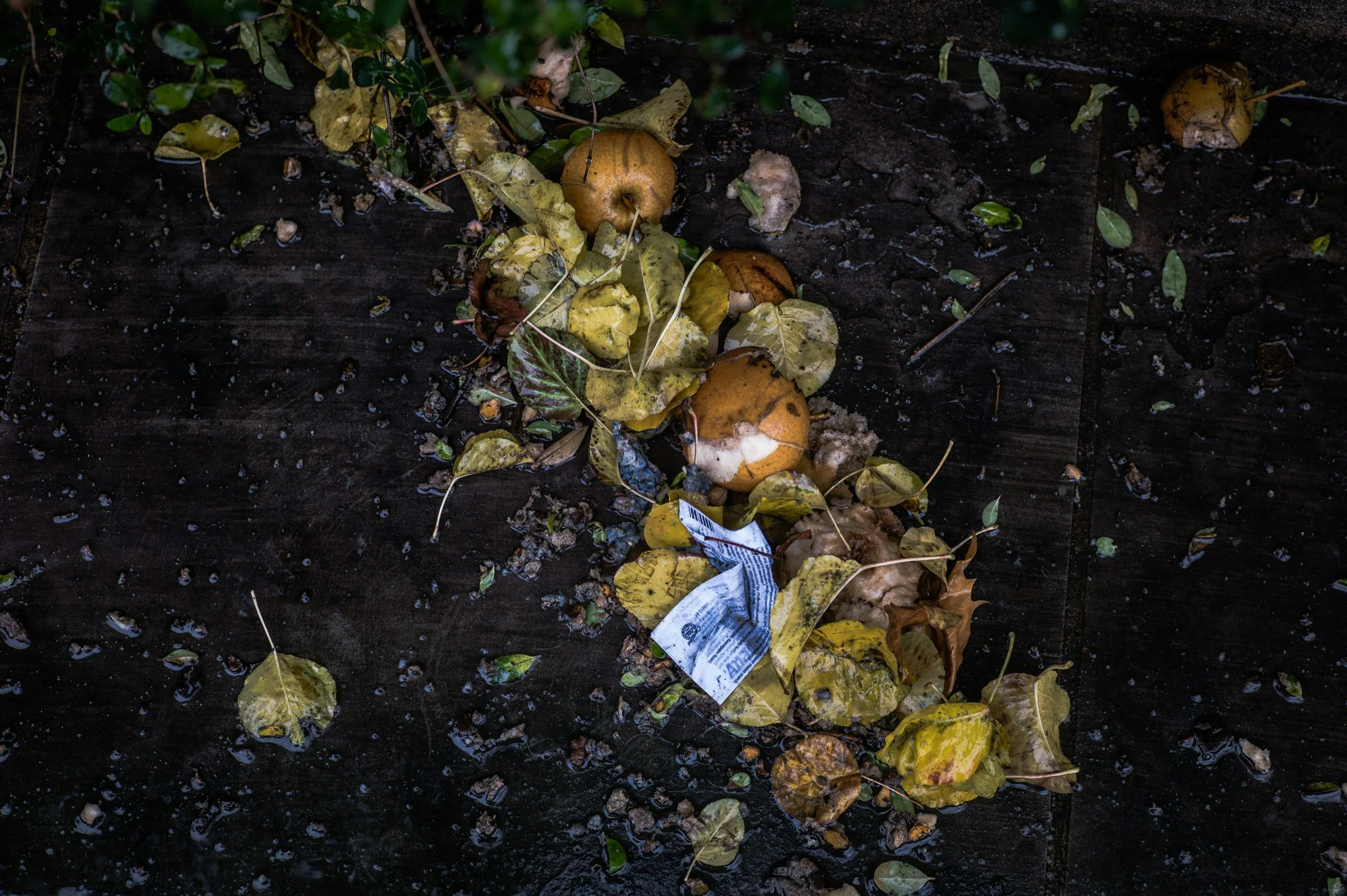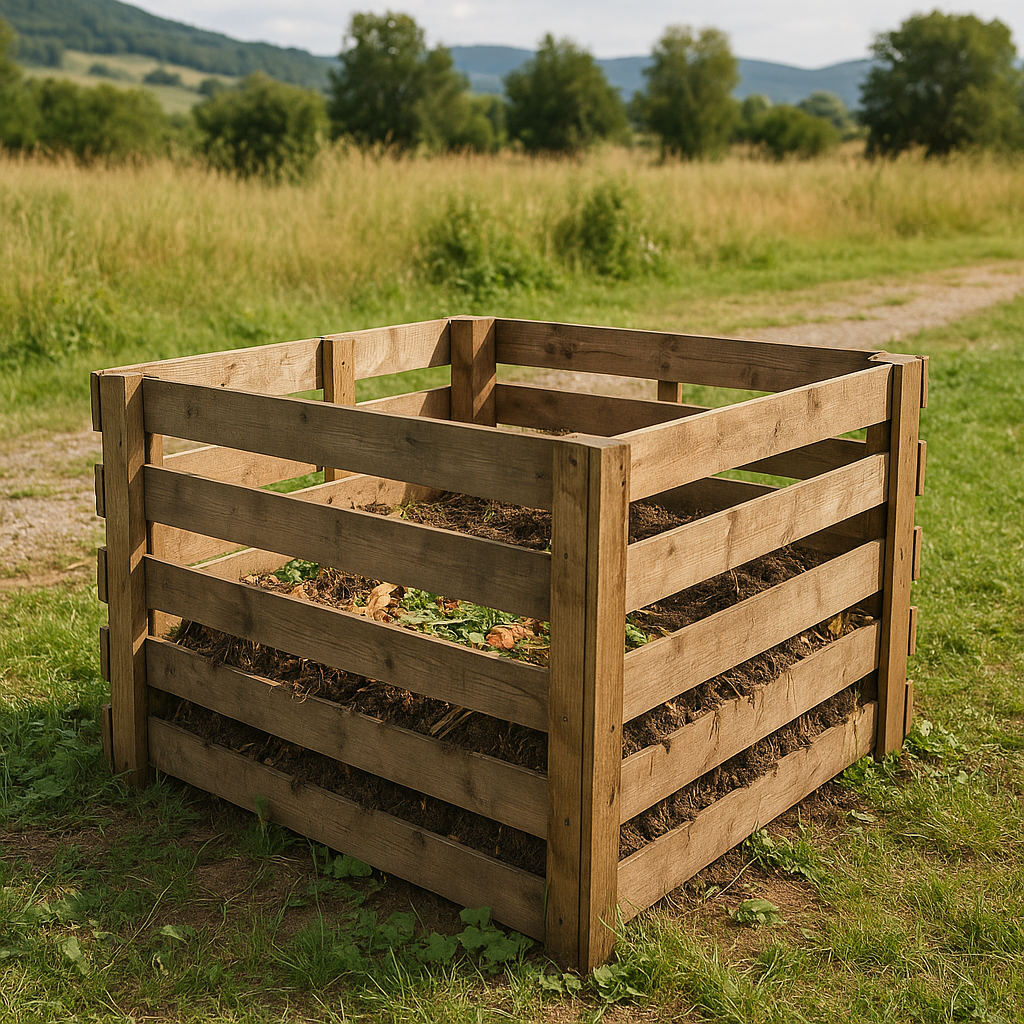Why Composting Matters for Rural Landowners
Composting is one of the easiest and most effective ways to recycle organic materials on your land. Whether you live off-grid, maintain a small garden, or simply want to reduce waste, composting helps you return nutrients back to the soil instead of sending them to the landfill. For rural landowners, it is especially valuable because it supports sustainable living, saves money on fertilizers, and keeps your property cleaner.
Building a compost system is simple and can be customized to your property’s size and needs. You do not need expensive equipment to get started—just the right materials and consistent upkeep. The goal is to create a controlled environment where natural decomposition turns food scraps, leaves, and yard waste into nutrient-rich compost that can be reused on your land.
1. Choose the Right Compost System
There is no single way to compost. The right system depends on how much space you have, the amount of organic material you produce, and how hands-on you want to be. Rural properties have the advantage of open space, so you can scale your setup to match your lifestyle.
Popular DIY Compost System Options
Open Pile: The simplest method, using a basic mound of organic materials. Great for large properties with plenty of space and natural airflow.
Wooden or Wire Bin: A contained setup that keeps compost neat while allowing oxygen to circulate. Ideal for landowners who prefer an organized space.
Tumbler or Barrel System: A rotating container that speeds up decomposition by mixing materials. Best for smaller batches or areas near a cabin or home.
Each of these options can work well in Utah’s climate, but protection from strong winds and dry air helps maintain moisture levels that composting microbes need to thrive.
2. Build Your Compost Structure
Once you know which system works best for your land, it’s time to build it. Most compost systems can be made with materials already found on your property, like reclaimed wood, wire fencing, or old pallets. The key is to design a space that allows for airflow, easy access, and some level of moisture control.
Simple Setup Tips
Choose a level, shaded spot that avoids direct afternoon sun. Too much heat can dry out your compost pile.
Keep the compost area away from living spaces to prevent odors but close enough for easy access.
Create a base layer of coarse material like sticks, straw, or wood chips to help air circulate.
Build side walls if you want a cleaner look or protection from animals.
If you have the space, consider creating two or three bins side by side—one for new material, one for decomposing compost, and one for finished soil. This rotation method keeps composting continuous and efficient throughout the year.
3. Maintain a Balanced Compost Mix
Good composting comes down to balance. Organic materials fall into two main categories: greens and browns. Greens add nitrogen, while browns add carbon. You need both for proper decomposition.
Examples of Each
Greens (Nitrogen): fruit and vegetable scraps, coffee grounds, grass clippings, and plant trimmings.
Browns (Carbon): dried leaves, sawdust, straw, shredded paper, and cardboard.
Mixing and Care Tips
Aim for a 2:1 ratio of browns to greens. Too many greens can cause odor, while too many browns slow decomposition.
Turn or mix the compost every few weeks to keep air flowing.
Add water if the pile looks dry. Compost should feel damp like a wrung-out sponge.
Avoid adding meat, dairy, or oily foods, since they attract animals and cause odor.
In Utah’s dry climate, moisture retention can be a challenge. Using a tarp or partial cover helps prevent your compost from drying out, especially during summer months.
4. Harvest and Use Your Compost
After several months, the materials in your pile will transform into dark, earthy compost. It should have a natural, soil-like smell and no visible food scraps. This finished compost can be spread anywhere on your property to enrich the ground.
Ways to Use Finished Compost
Mix into garden beds or planters to boost soil fertility.
Spread around trees, shrubs, and flower beds to retain moisture.
Use as a top dressing for grass or pasture areas.
Blend with sand or soil for starter mix when planting seeds.
Regular composting not only helps your plants grow stronger but also keeps your property cleaner by reducing the amount of waste you produce. Over time, your soil will become richer and more balanced, improving water retention and supporting long-term sustainability.
Composting as a Lifestyle Choice
For many rural landowners, composting becomes more than just a maintenance task—it becomes a part of everyday living. It encourages mindfulness, reduces dependence on store-bought products, and builds a direct connection between your household and the land itself.
Utah’s rural environment makes this especially rewarding, since natural materials like leaves, brush, and kitchen scraps are easy to collect and reuse. Once you start, composting quickly becomes second nature, and your property will benefit from healthier soil and reduced waste.
Enjoy the Rewards of Sustainable Living
Composting is one of the simplest ways to care for your land and contribute to a sustainable future. With a small setup and a little consistency, you can turn waste into a valuable resource while improving the health of your soil.
If you are ready to embrace rural living and start building your own outdoor systems, explore Utah properties designed for self-sufficient lifestyles.




